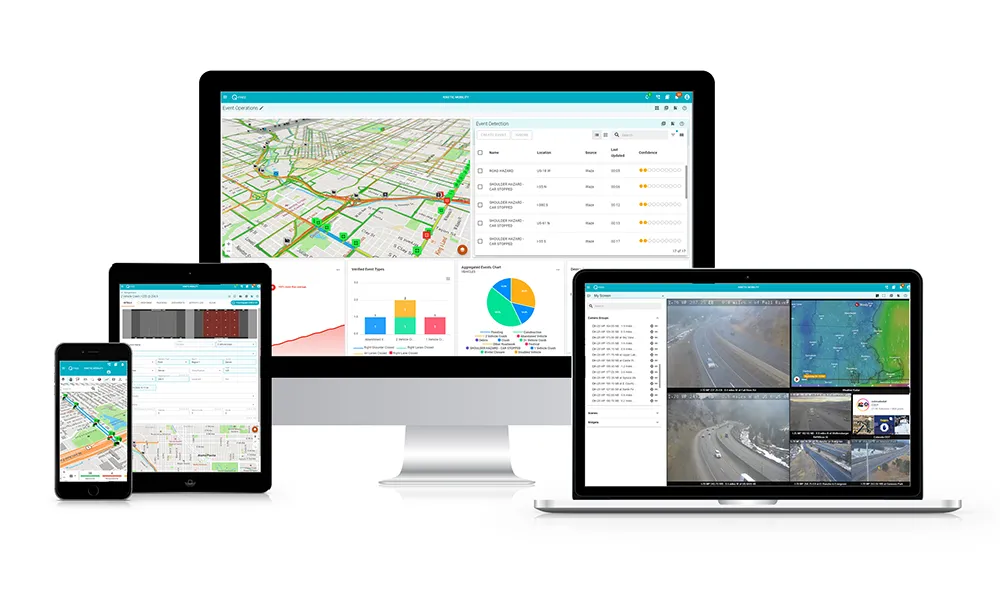The New York State Education and Research Network (NYSERNet) is using ADVA Optical Networking’s (ADVA) technology to create an open and automated transport network. The system, according to Bill Owens, NYSERNet’s chief technology officer, will provide member institutions with next-generation bandwidth and optical services.
NYSERNet will use the open infrastructure to transport native and alien wavelengths at up to 200Gbit/s across New York State.
The solution is built on the ADVA FSP 3000 platform and includes high-density CloudConnect shelves.
ADVA’s FSP 3000 CloudConnect intends to allow NYSERNet to maximise the throughput of its optical layer, reduce operational complexity and offer scalability for future growth. The system also features the company’s QuadFlex line cards for ultra-high capacity as well as its FSP 3000 OpenFabric, an optical transport networking cross-connect that extends the delivery of bandwidth services throughout NYSERNet's network. ADVA’s RoadM comes with flexgrid technology and will help enhance spectral efficiency and aim to enable the fully automated optical network.
An ADVA FSP service manager will oversee the infrastructure, allowing NYSERNet operators to control, track, manage and remotely support the network.
NYSERNet utilises ADVA technology to create automated transport network
The New York State Education and Research Network (NYSERNet) is using ADVA Optical Networking’s (ADVA) technology to create an open and automated transport network. The system, according to Bill Owens, NYSERNet’s chief technology officer, will provide member institutions with next-generation bandwidth and optical services. NYSERNet will use the open infrastructure to transport native and alien wavelengths at up to 200Gbit/s across New York State. The solution is built on the ADVA FSP 3000 platform and
April 18, 2018
Read time: 2 mins










